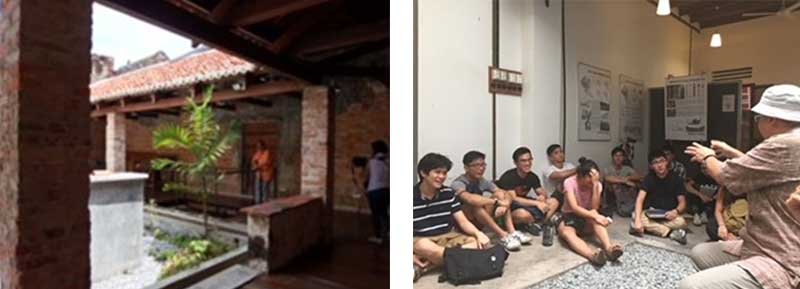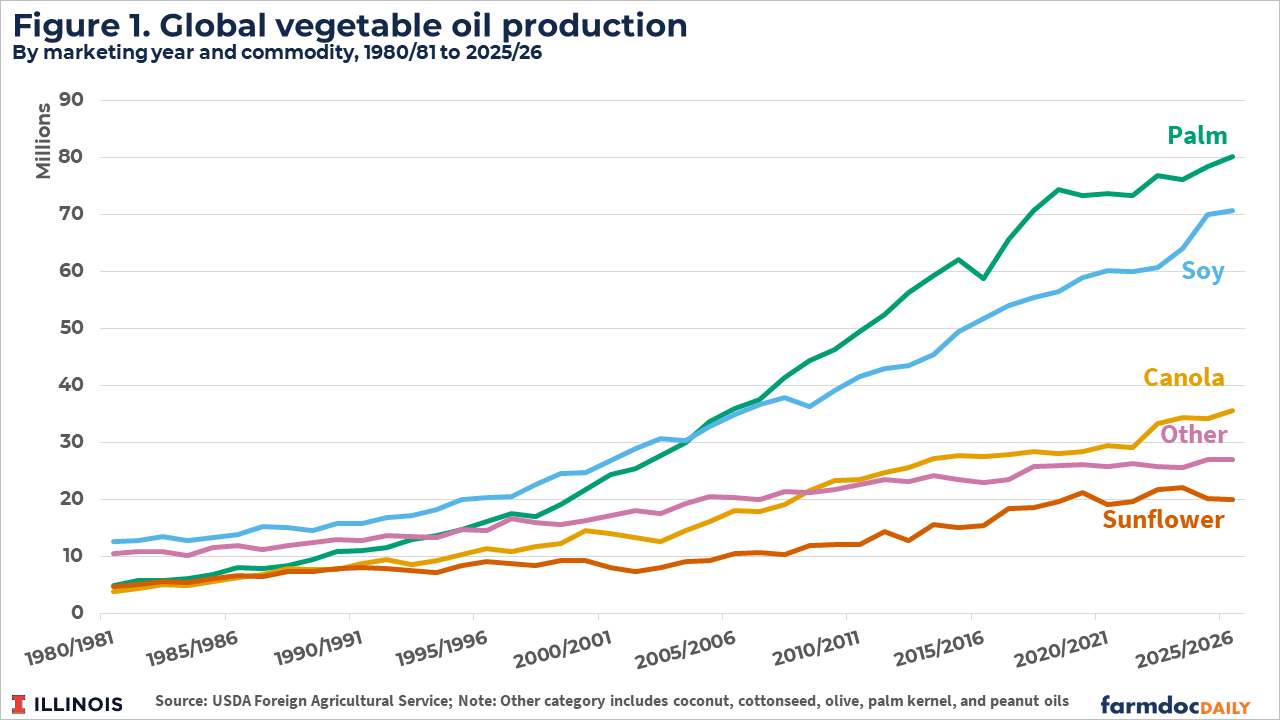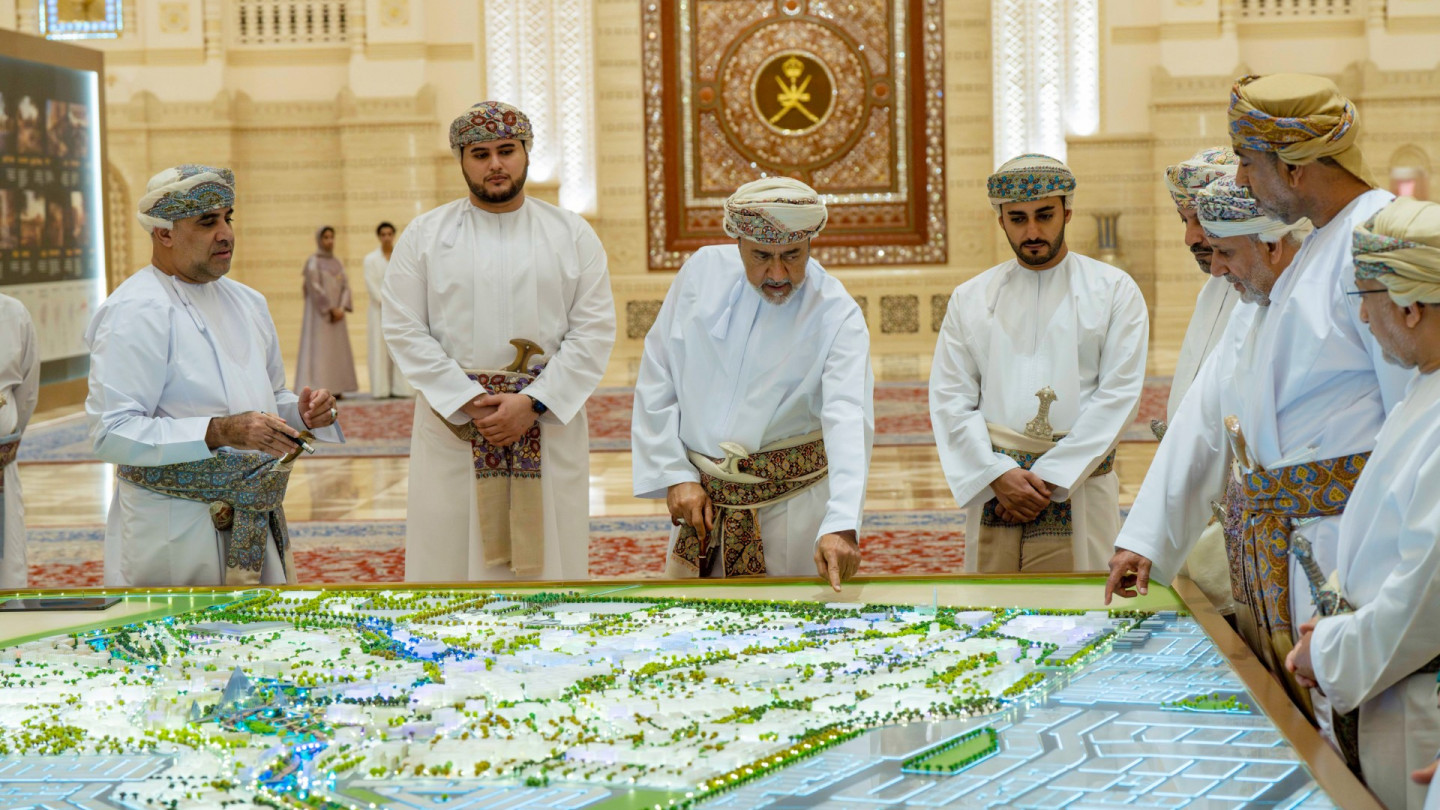Interview: Dr. Johannes Widodo, Architecture, Culture & Climate.
By incorporating cultural and historical knowledge into climate policies, we can better inform the general public and foster a more profound sense of responsibility for our planet.
1. Tell us about how you became interested in architecture
When I was young, I liked drawing, wandering around, reading books on any topic, and making things with my hands. I love the humanities and science, and I always feel that they are not two but one. So, when I finished my JC, I decided to take architecture because it is not just about designing buildings but also about urban and cultural landscapes; it is not just about making tangible structures but also dealing with people. It is about everything.
Architecture intersects the humanities and science on different scales, contexts, and timelines; therefore, it fits my personality and aspirations.
2. Where did you study architecture
My first professional architecture degree, Ir (or Architectural Engineer), was from Parahyangan Catholic University in Bandung, Indonesia, the first and oldest private architecture school in Indonesia (1978–1984).
I decided to pursue an academic career right after my graduation. I decided to pursue a further research degree, MArch Eng (Master of Architectural Engineering) at Katholieke Universiteit Leuven in Belgium (1986–1988), then a PhD in Architecture at the University of Tokyo, Japan (1992–1996).
3. Tell us about the Tun Tan Cheng Lock Centre for Asian Architectural and Urban Heritage in Melaka (Malaysia) and its mission

The centre was established as a research resource to support academic activities and hands-on training for programs of the Department of Architecture of the National University of Singapore, including collaborative programs with locals and other regional and international universities, especially in heritage conservation and management areas. It is located at the historic core of Melaka, a UNESCO World Heritage Site.
4. Tell us about mAAN (modern Asian Architecture Network) you founded and its mission
mAAN was established in 2001 to start the discourse on architectural modernism, modernity, and the modernization process in Asia, to generate alternative visions, perspectives, and publications dominated by Eurocentrism.
Out of a deep concern for the fact that students of Architecture in Asia are still heavily dependent on non-Asian textbooks written by non-Asian scholars looking from a non-Asian perspective, also on the lack of knowledge, lack of appreciation, and the denial of the colonial heritage in Asia, in addition to the need of a cooperative body linking concerned parties in various Asian countries on the issue of modernity and modernism in Architecture, a diverse group of scholars and architects gathered in Guangzhou (China) in 2000.
As a result, a loose network of people with similar concerns and dreams came into being. This loosely-knitted organism was named “mAAN.” “modern Asian Architecture Network” with a small “m” – because they recognised conflicting perspectives on the issue of modernity and modernism in Asia and our willingness to keep the discourse open.
The network was set up with the spirit of equality, friendship, freedom, and openness – modelled after a Chinese dining table or an Asian food court, where people with similar intentions come together to exchange ideas and enjoy a wide range of offers and possibilities, free to come and go. This open model is the best way to ensure the sustainability and versatility of mAAN operation in the complex and diverse Asian context.
5. Tell us about iNTA (International Network of Tropical Architecture) you founded and its mission
iNTA was founded in 2004 as a networking platform for international researchers and practitioners to collaborate and learn from each other about problems and solutions in architecture and urban design in the tropical (and sub-tropical) regions because of the shared climatic imperatives and opportunities in like regions. Tropical Architecture refers to man-made architectural and urban environments relating to the climatic and natural conditions of the tropical (and sub-tropical) regions and interacting with various local specifics of culture, urban fabric, and technology.
Since the first conference in Singapore in 2004, it has been going around the tropical belt: Yogyakarta, Indonesia (2006), Bangkok, Thailand (2009), Singapore (2012), Johor Bahru, Malaysia (2015), Gainesville, Florida, USA (2017), Brisbane, Australia (2019), and the next one will be in Mumbai, India (2024) - focusing on Climate Justice.
6. Tell us about DoCoMoMo Macau you founded and its mission.
Since 2010, I went to Macau, China SAR, to run the annual cultural mapping program as the final project of the Cultural Heritage Management Program, IFTM (Institute for Tourism Studies Macau). I worked very closely with the local architecture fraternity, government, and heritage activists that concerned about the conservation of Macau's modern heritage amidst rapid changes.
Docomomo Macau was established in 2013 as part of Docomomo International. The organization is dedicated to preserving and documenting architectural and urban heritage from the modernist movement. It focuses on modernist architecture and design from the 20th century. Docomomo Macau deals explicitly with the modernist architectural heritage in Macau, known for its unique blend of Chinese and Portuguese culture and architecture. The organization aims to raise awareness about the importance of preserving and conserving Macau's modernist architecture and urban developments.
7. What attributes do you value in an architectural project as a jury member for the UNESCO Asia Pacific Awards for Cultural Heritage Conservation?
In selecting and deliberating as a jury, I always look into five aspects that must be demonstrated in the submitted projects: cultural authenticity, social continuity, economic viability, environmental sustainability, and architectural integrity.
These five attributes cannot be separated and must be manifested through an ethical mindset and heroic efforts in the exemplary project to set a benchmark for conservation management and practice in Asia and the Pacific.
8. As a member of the ICOMOS International Scientific Committee and Shared Heritage Committee, founding member and director of the ICOMOS National Committee of Singapore, and an associate member of the Asian Academy for Heritage Management, what are the principles for the analysis, conservation, and Structural Restoration of Architectural Heritage?
The principles for the analysis I used are the same as what I mentioned in point 7 above. Concerning ICOMOS and AAHM's relation to the UNESCO mandates, I added more emphasis on community empowerment, education, and resilience aspects against the widespread misunderstanding of unsustainable development and commodification of cultural and natural heritages.
9. Your studies and work have spanned many countries. Tell us about the differences in principles for the analysis, conservation, and Structural Restoration of Architectural Heritage from country to country.
What I said about the "five-in-one" principle above (authenticity, continuity, sustainability, viability, and integrity) is universal and can be applied in different contexts.
10. How did you get involved with Climate Heritage Network
In November 2020, I was invited to CHN's global online event, "A Culture of Resilience: Mobilising Arts, Culture and Heritage to Win the Race to Zero in the Asia-Pacific Region," organised by the Climate Heritage Network. I talked about "Cultural DNA & Climate Resilience: An Asian Perspective." I highlighted the strength of the sustainable intangible culture that is manifested in the tangible material cultural heritage.
CHN then asked me to join (online) COP26 Event: "A Culture of Resilience: Launch of the Climate Heritage Network Race to Resilience Campaign," 2 November 2021.
11. Tell us about your COP28 project
My involvement in COP28 is through SEACHA, as a follow-up to the conference titled Cultural Wisdom for Climate Action: The Southeast Asian Contribution, January 12 to 14 at the Siam Society, when 16 youth delegates from ASEAN countries passionately presented cases related to climate crisis from the region they are deeply involved. I want to support them and push their voices onto the global stage. Some of them will present at COP28.
12. Anything else you would like to add
The vision for integrating culture into climate change policy is to ensure that our heritage, traditions, and values become integral to our strategies to combat climate change.
By incorporating cultural and historical knowledge into climate policies, we can better inform the general public and foster a more profound sense of responsibility for our planet. After COP28, I hope to see a shift towards policies prioritising cultural preservation and environmental sustainability. This means implementing initiatives that maximize energy efficiency and resilience based on local conditions and respect and celebrate cultural authenticity.
The goal is to create a future where climate policies are socially responsible, economically viable, and architecturally and technologically appropriate while safeguarding our cultural heritage for future generations.
13. How can people get in touch with you?
Linkedin
jwidodo@nus.edu.sg
What is Your Reaction?
 Like
1
Like
1
 Dislike
0
Dislike
0
 Love
0
Love
0
 Funny
0
Funny
0
 Angry
0
Angry
0
 Sad
0
Sad
0
 Wow
0
Wow
0























































/environment-climate-change-and-health-(ech)/water-sanitation-hygiene-and-health-(wsh)/landfill-tuvalu-36092.tmb-1200v.jpg?sfvrsn=5c21fe40_1#)















